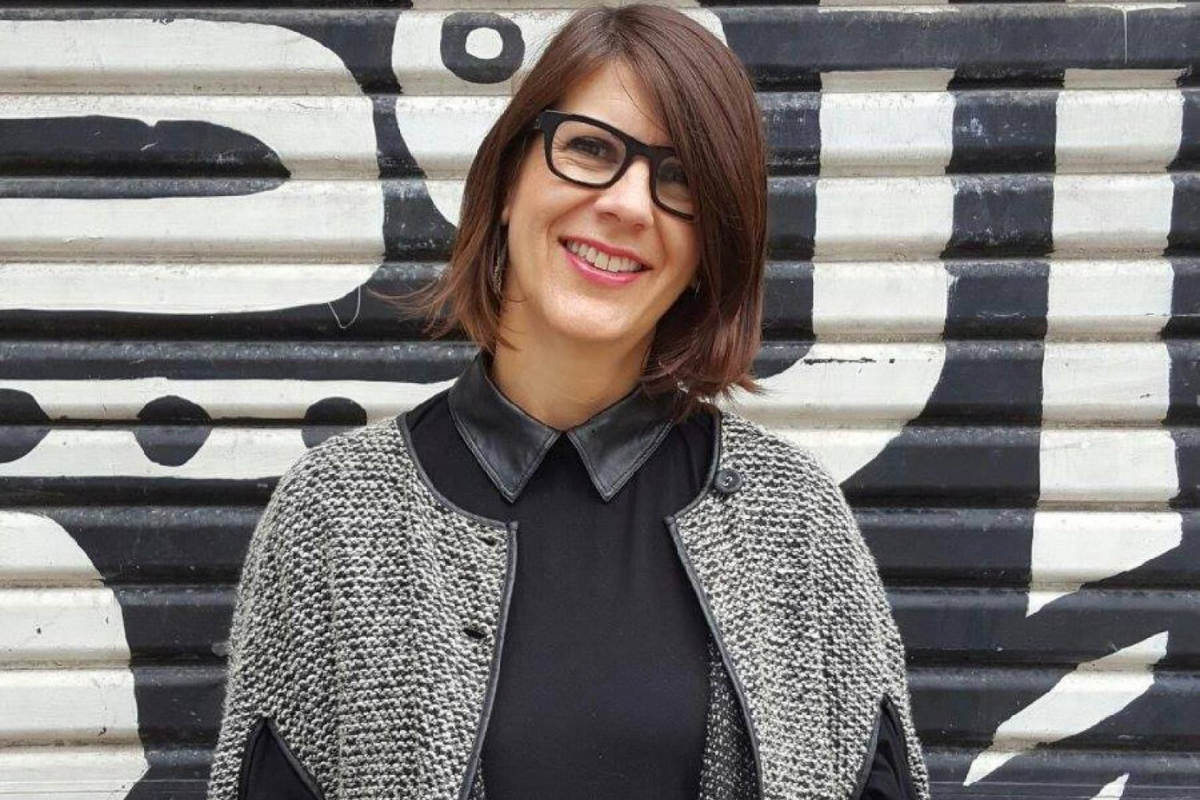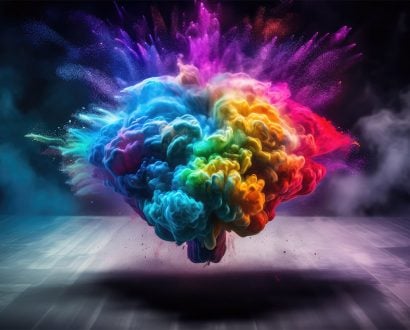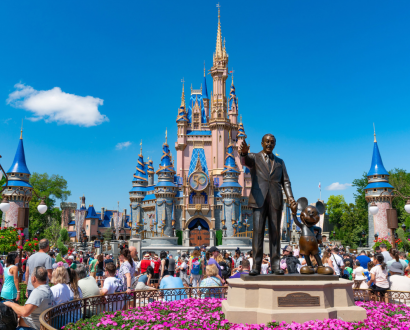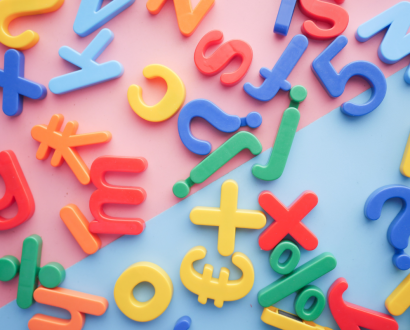Amid the dodgem cars, wood chopping demonstrations and homemade jam stalls at the 2022 Sydney Royal Easter Show stood an attraction emblazoned with the red neon logo for the popular TV show The Voice Australia.
Inside the sideshow structure, visitors were asked to stand in front of an augmented reality screen and suddenly found themselves on the show’s stage in front of its famous rotating chairs. Standing right next to them and posing for a photo was one of the celebrity coaches.
As each participant exited, a video of their brush with fame was emailed to them along with details of the upcoming new series. Over the Sydney Easter Show’s 12 days, thousands of excited fans took part in the activation.
Had the network instead plastered an advertisement for The Voice on a few buses, it would have reached many times more people at a fraction of the cost. But a cursory comparison of numbers is far from the full story.
Such experiential marketing is undergoing a global resurgence as major corporations wake up to its power to create far more meaningful bonds with consumers than a static photo on the side of a bus to Bondi Beach could ever achieve.
Despite being devastated by the COVID-19 pandemic, the sector was still worth US$47 billion globally in 2021, and Business Research Insights predicts it will top US$57 billion by 2028.
“It brings the brand to life because you can feel it, taste it, experience it in a unique way that deepens your emotional connection,” says Carrie Barker, CEO of boutique brand consultancy the projects*, which staged ‘The Voice Experience’.
“A 15-second video on your phone simply can’t stir your emotions in that way.”
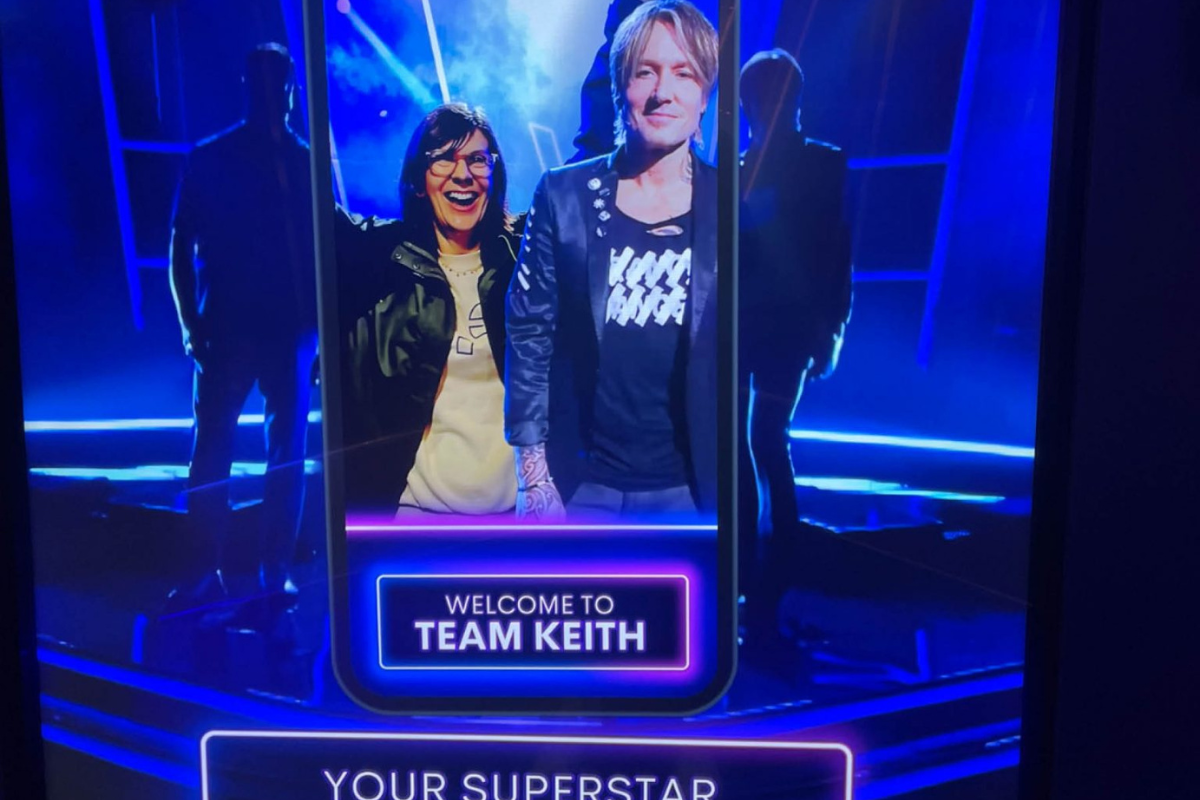
Meaningful Experiences
Ironically, although experiential marketing activities ground to a halt during lockdowns, the pandemic has actually increased the overall spend as advertisers seek to re-engage with consumers in interactive ways.
“There’s now a greater desire for meaning over material possessions,” Barker explains.
“Nearly three-quarters of millennials say that experiences are more likely to bring them happiness than physical things.
“They understand that wellbeing is about creating memories and belonging to communities, not just acquiring things or wealth.”
The trend is testament to experiential marketing’s ability to tell extraordinary tales and nurture resilient human connections.
Above-the-line or digital campaigns can certainly raise awareness and boost sales, but they don’t achieve anything like the same lasting impact.
“We’ve devised and executed launches for new cars, games, cosmetics, phones, grocery items and many more, and each has delivered a unique, wholly original experience that lingers in the memory and, more importantly, turns potential customers into brand advocates,” Barker says.
Numerous studies back up her view. A 2018 study by Sitel Group found that half of customers who had a positive brand experience would recommend it on social media, while other researchers have concluded that it conjures a lasting emotional attachment that strengthens long-term customer loyalty.
Despite tangible evidence of its effectiveness, however, it remains at the periphery of the marketing industry.
That US$57 billion might sound a lot, but it represents a mere 3.6 percent of total marketing spend.
“What holds experiential marketing back is that media agencies often stick with what they know – TV, radio, print and online,” Barker says.
“They steer away because it’s a bespoke skill and they just don’t have the expertise Even if they do give it a whirl, it tends to only get tactical spend tacked onto the end of a campaign.”
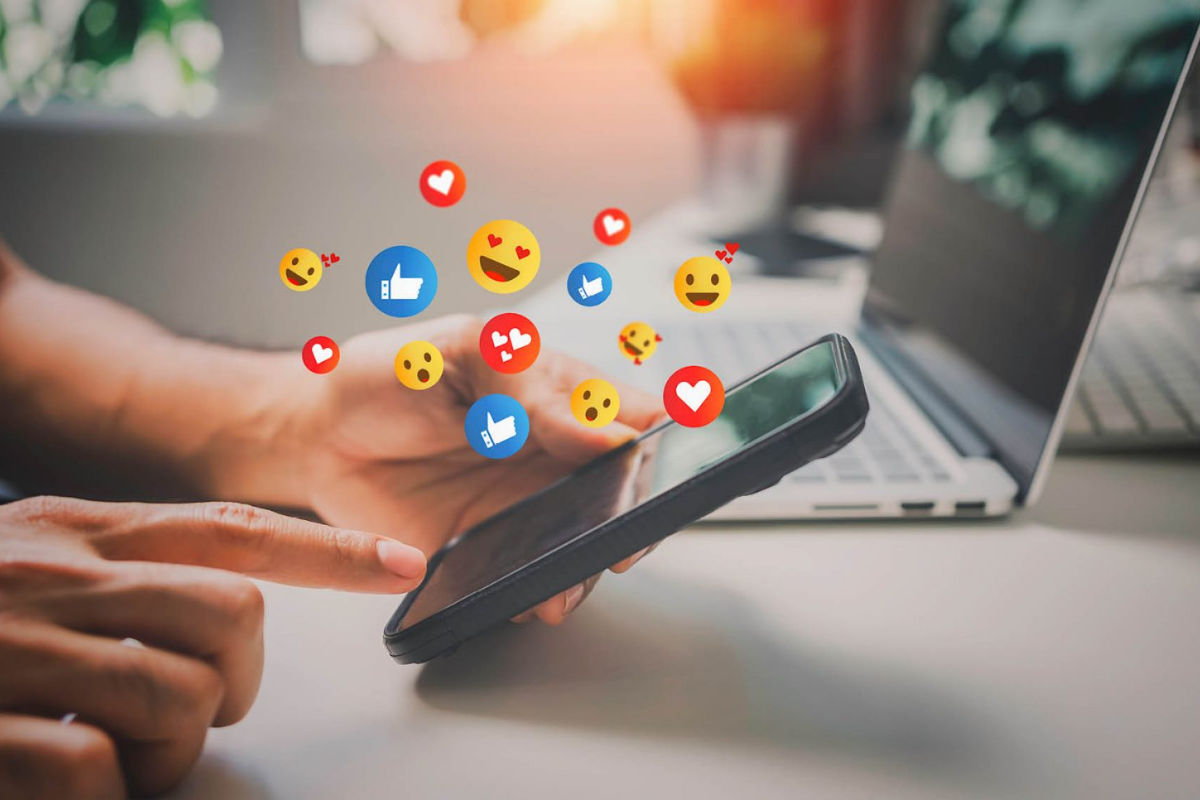
Reaching for the Skies
The trepidation is usually caused by the aforementioned concern about lack of reach, but as a deeper dive into the Sydney Easter Show numbers demonstrate, it’s something of a misnomer.
“Over those 12 days, there were hundreds of thousands of people who saw our signage, nearly all of whom fell neatly into the target demographic,” she says.
“The experience was the first of its kind, so it was featured on TV as well as radio and multiple digital channels. Everyone who took part received high-quality footage of themselves on set with their favorite coach, and nearly all shared it on all their social channels.”
As the average person has more than 300 Facebook friends, the reach would have been into the millions, and so much more engaging and targeted than any other media could provide, Barker says.
The launch episode of The Voice Australia a week later scored the highest ratings of any show so far that year.
Leap into the Unknown
Barker joined the projects* after a series of executive roles with publishers in the United Kingdom and Australia. Despite plenty of C-suite opportunities, she surprised even herself by taking the massive leap into an unfamiliar sphere.
“It was a huge risk as I took a 90 percent pay cut and was thrust into an industry that most CMOs saw more as a trendy buzzword than a serious marketing consideration,” she recalls.
Sixteen years later, she’s the sole owner and has worked with an impressive list of clients including Samsung, Mercedes-Benz, Hermes, Unilever, Coach, Reebok and Maserati.
One of her first major events, for the TV cooking show MasterChef, was also one of the most ambitious and stressful.
“We had 12 weeks to build a 100-seat restaurant in Sydney from scratch, staff it up, find suppliers and then execute a different menu every night for a month,” she recalls.
It was an enormous undertaking, from securing council permission, hiring a food and drink supplier, designing the structure, finding celebrity chefs and then selling tickets.
“I’d been a magazine publisher and suddenly I was responsible for running a restaurant, and the buck stopped with me so I was frantically troubleshooting every time we ran low on wine or the electricity failed,” she says.

B2B Bugbear
But the results surpassed even the most optimistic goals, with extensive media coverage and a staggering reach through social media.
It also demonstrated experiential marketing’s potential for B2B marketing as the TV channel, production company and major sponsor all used it to entertain their clients.
“Actually, one of my bugbears is that brands aren’t using experiential or B2B marketing nearly enough,” she says.
“The majority is consumer-facing. B2B is still spending money on three-by-three stands at a conference with a couple of posters stuck to the wall with Blu Tack.
“It’s a missed opportunity to create some noise and articulate a brand story that’ll set them apart from their rivals.”
Through hundreds of projects, she’s witnessed the incredible impact in-person experiences can have.
“The best part of my job is seeing the delight on the face of a client who’d been cynical about using experiential but can see the amazing results we achieved,” she says.
“I guess there was a time when I was pretty cynical, too, but that was before I saw the sheer joy on big and small kids’ faces after they’d starred in a video with Keith Urban.”
Hair Raising
“The most traumatic, yet memorable experience was when we built a large, pop-up hair salon in the middle of Sydney to launch a new shampoo,” Barker remembers.
“We had film crews, reporters, a celebrity hairdresser with a team of stylists and a big crowd of onlookers watching people have their hair done.
“Suddenly the wind picked up and the whole structure was shaking violently. It was terrifying.
“We all had to desperately hang on to the guy ropes until the fire brigade arrived as the entire thing was about to take off.
“It turned out to be a cyclone. In the middle of all the chaos there were five sad looking women with wet hair so we had to take over a nearby salon to finish them off.”

